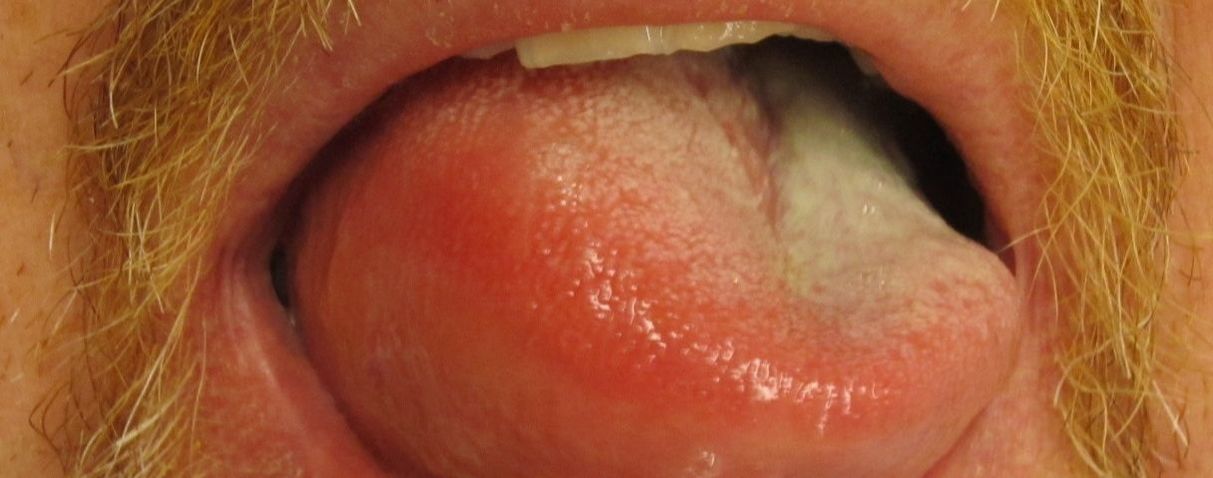STUDY OBJECTIVE:
Induction doses of etomidate during rapid sequence intubation cause transient adrenal dysfunction, but its clinical significance on trauma patients is uncertain. Ketamine has emerged as an alternative for rapid sequence intubation induction. Among adult trauma patients intubated in the emergency department, we compare clinical outcomes among those induced with etomidate and ketamine.
METHODS:
The study entailed a retrospective evaluation of a 4-year (January 2011 to December 2014) period spanning an institutional protocol switch from etomidate to ketamine as the standard induction agent for adult trauma patients undergoing rapid sequence intubation in the emergency department of an academic Level I trauma center. The primary outcome was hospital mortality evaluated with multivariable logistic regression, adjusted for age, vital signs, and injury severity and mechanism. Secondary outcomes included ICU-free days and ventilator-free days evaluated with multivariable ordered logistic regression using the same covariates.
RESULTS:
The analysis included 968 patients, including 526 with etomidate and 442 with ketamine. Hospital mortality was 20.4% among patients induced with ketamine compared with 17.3% among those induced with etomidate (adjusted odds ratio [OR] 1.41; 95% confidence interval [CI] 0.92 to 2.16). Patients induced with ketamine had ICU-free days (adjusted OR 0.80; 95% CI 0.63 to 1.00) and ventilator-free days (adjusted OR 0.96; 95% CI 0.76 to 1.20) similar to those of patients induced with etomidate.
CONCLUSION:
In this analysis spanning an institutional protocol switch from etomidate to ketamine as the standard rapid sequence intubation induction agent for adult trauma patients, patient-centered outcomes were similar for patients who received etomidate and ketamine.



 RSS Feed
RSS Feed